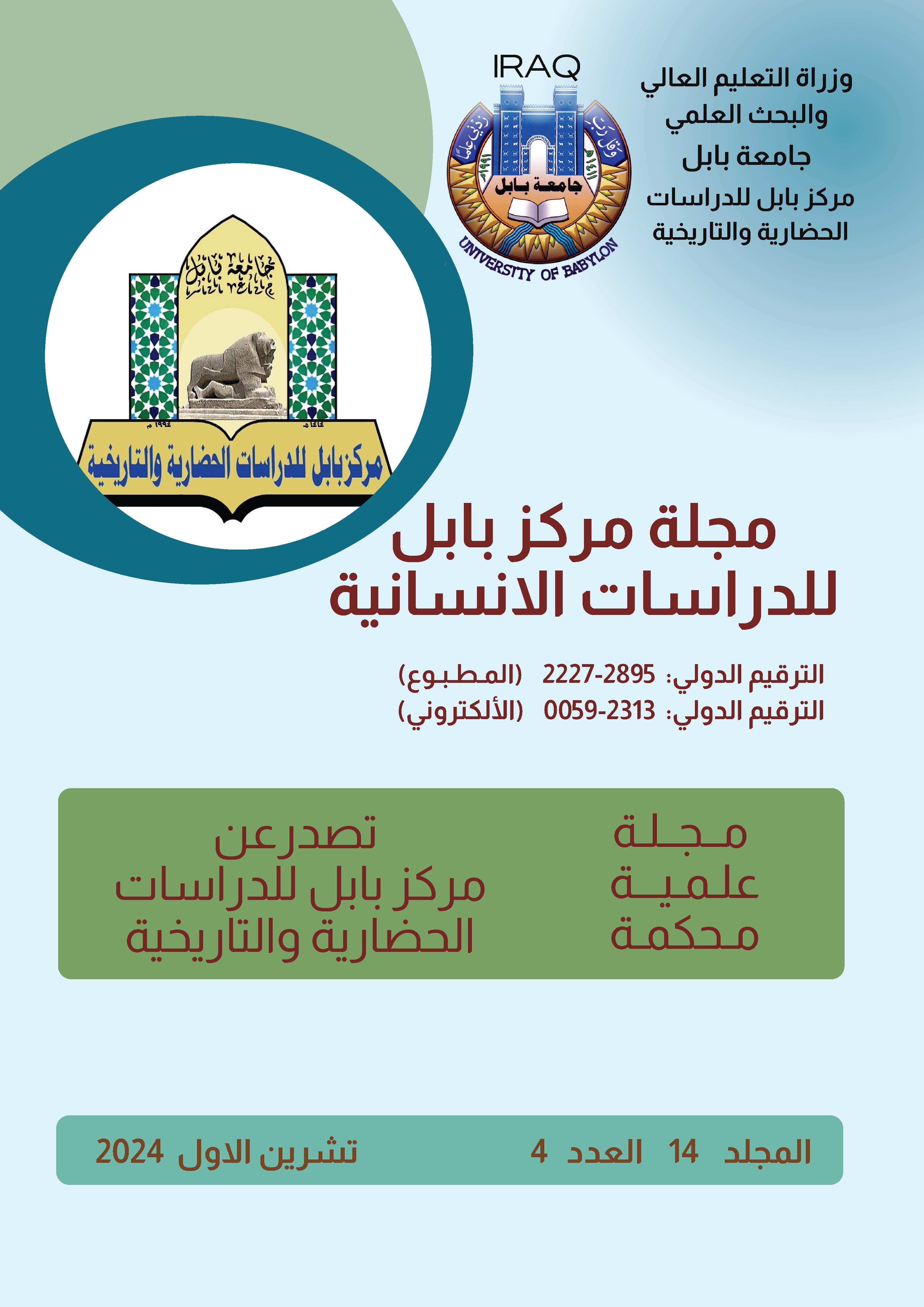The image of the simile in war poetry before Islam
Keywords:
simile, image, poetry, warAbstract
War poetry took its place in the Arabic poem, and its meanings expanded in its poetic framework, and its vocabulary was enriched through the poets’ use of the poetic vocabulary that moved in the circle of meanings, and its words were charged with the capabilities of the sturdy fighters who were enriching its generosity with their sacrifice, and kindling its flames with their storming, and they possessed the initiative with their rare audacity and unique heroism. . The poets who fought in battles recorded pictures of immortal feats and deeds whose echo continues to live in the hearts of men who remember them fondly, live them proudly, and emulate them.
The manifestations of heroism in pre-Islamic poetry were not limited to the aspect of courage or sacrifice, but rather extended to other moral qualities related to generosity and loyalty, and extending to boldness and boldness, because these characteristics represent the intrinsic ability that gives these aspects the quality of completeness, and brings them into the framework of social sensitivity, They leave their prominent traces in many great works because they are elements that highlight the phenomenon of heroism, and develop the human ability to retain it, complement its edges, and clarify its significance. The simile has great aesthetic value, as it helps enrich the literary text and make it more attractive and influential. The simile also has great rhetorical value, as it helps clarify the idea and make it clearer and simpler. War poets in the pre-Islamic era relied heavily on simile in building the poetic image, and employed it to enrich it with the vitality and movement resulting from making a comparison between the two sides of the simile, the likened and the likened. The simile is used in multiple forms in which the graphic design required to draw matches the image and the extent of its interaction with it.







